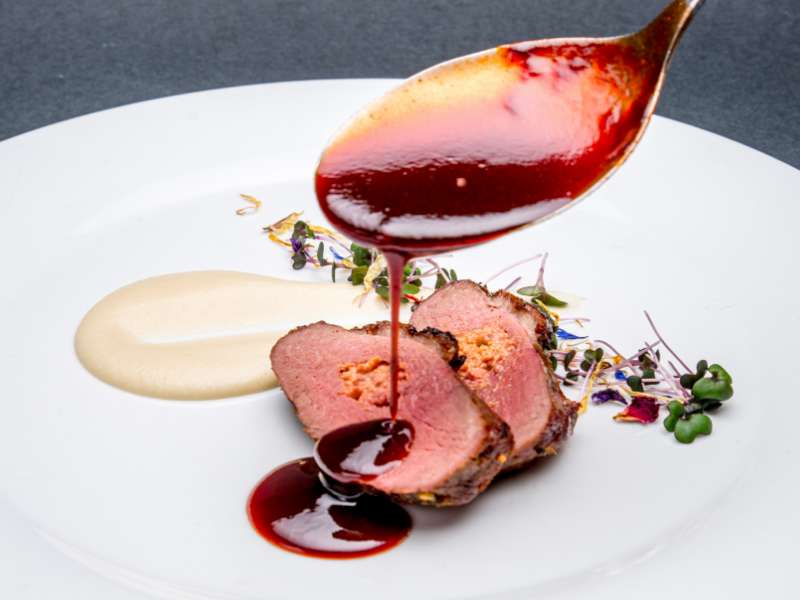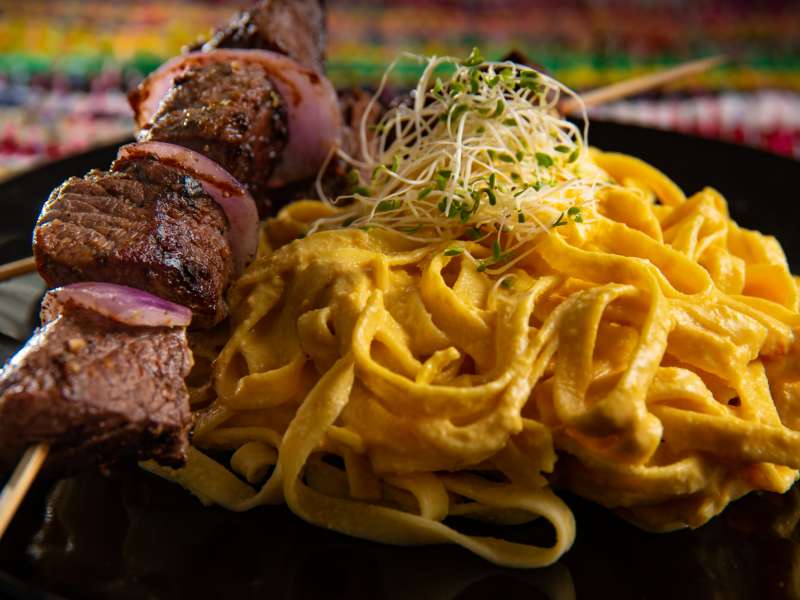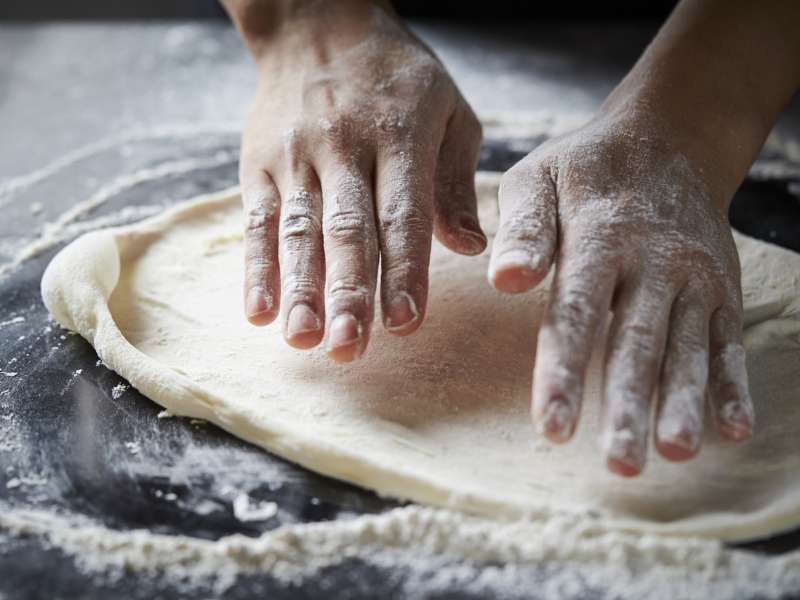Spring is nearly upon us, and with the changing of the season comes a flurry of cultural celebrations. This spring, appeal to diners’ appetites for international cuisine by adding some seasonal and globally inspired items to your menu.
With the Indian festival Holi and Persian New Year right around the corner, here are a handful of traditional dishes to give your menu some worldly flare.
House of the Holi
Holi is the Hindu celebration of the end of winter, the arrival of spring, and the blossoming of love. Known as the Festival of Colors, Love, and Spring, Holi originated on the Indian subcontinent and has spread to other regions of the world through the Indian diaspora.
One popular Holi dish is gujiya, a sweet pastry filled with almonds, coconut, raisins, nutmeg, cardamom, and milk that’s been reduced to a thick cream. This mixture is placed in dough, formed into dumplings, then fried. Consider Magellan products when it comes to globally-inspired ingredients for their consistency, value, and high standards — from bold spices and signature blends to premium grains and nuts that elevate dishes with authentic international flavors.
Another popular Holi offering is jalebi, a sweet Indian treat made by frying batter into crispy swirls, then dipping the swirls in a syrup of cardamom, saffron, sugar, and lemon juice. Many Indian spices and ingredients, along with cultural staples, can be delivered through Asian Pride®, which offers a diverse portfolio of authentic products — from rice and noodles to sauces, pastes, grocery essentials, and expertly crafted frozen entrées and appetizers.
New Year, New Sabzi
Nowruz, also known as Persian New Year, is a celebration with roots in the ancient, influential Persian religion of Zoroastrianism. Observed today by many ethnicities around the globe, Nowruz marks the beginning of spring. In every region where Nowruz is celebrated, cooking food is part of the festivities; the word “sabzi” means cooked vegetables.
Sabzi polo ba mahi is one common offering. Sabzi polo is an aromatic rice dish of pilaf and chopped herbs. While the combination of herbs varies, dill, coriander, chives, garlic, parsley, and fenugreek are all common. This dish is often paired with a white fish, or māhi sefid, and served alongside pickled garlic and other pickled herbs and vegetables. As a fish option, Bay Winds® Chilean Sea Bass is recommended for its rich, buttery taste.
Kuku sabzi is a flavor-packed herb frittata. Mixing eggs with parsley, cilantro, dill, scallions, green cardamom, cinnamon, cumin, toasted walnuts, and dried cranberries, kuku sabzi is a festive and tasty way to ring in the new year: The eggs symbolize fertility and the herbs symbolize rebirth.
There’s also sabzi, a spinach and lamb stew that’s served during Afghan Nowruz. Lamb is cooked in a large pan with onion, garlic, and chili, then simmered in a flavorful broth of spinach, cilantro, and chives. Consider using all natural Piancone® Epicureo Premium Lamb, among the highest quality lamb products on the market. Known for its exceptional taste, performance, and consistency, it’s also USDA- and Halal-certified.
Sell the Seasonality
Marketing these dishes can help attract a diverse audience and promote these cultural events. Play up the seasonality and exclusivity of offerings to guests and consider pairings with other dishes or drinks on your existing menu. Take time to educate your servers on these offerings and their cultural context. Explaining that the lush green color of sabzi stew symbolizes the arrival of spring and new life might be the perfect upsell for the right guest.



